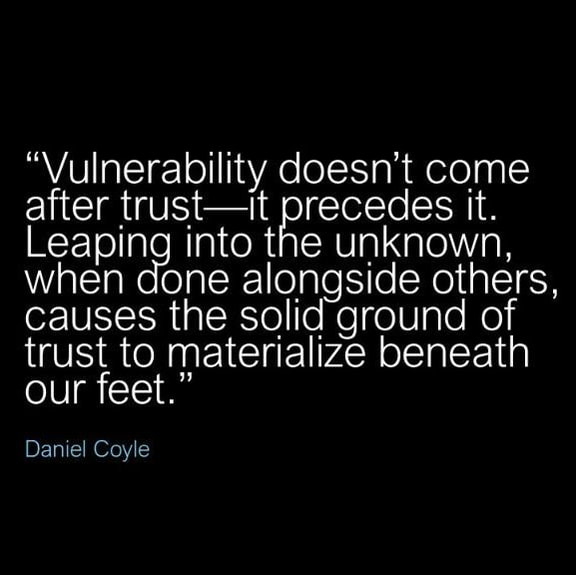When Adversity Hits - Double Down on Trust
1 Comment
Dan C
5/26/2023 01:35:50 pm
I found this blog so enlightening, I decided to start back at the beginning - reading, thinking and taking notes.
Reply
Leave a Reply. |
About bcI'm a teacher, coach, and parent seeking excellence while defining success on my own terms. Archives
April 2024
Categories |



 RSS Feed
RSS Feed